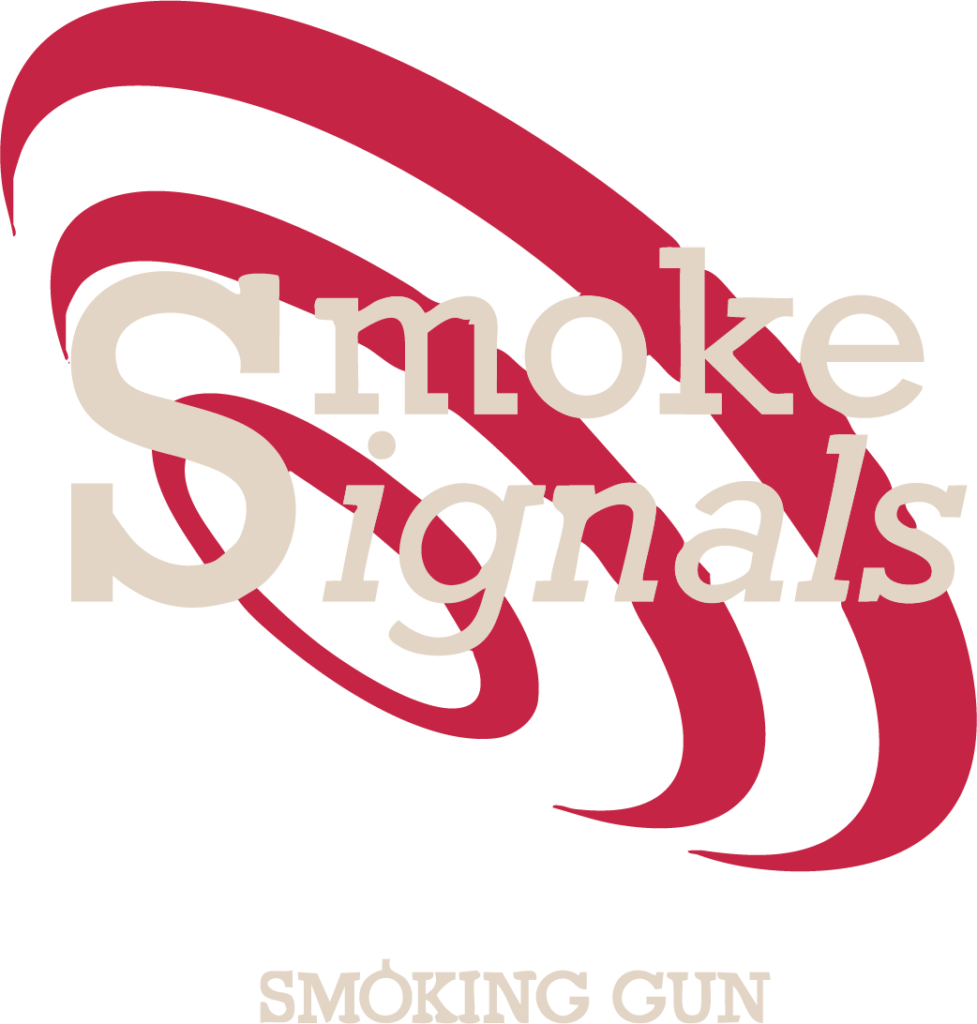Introduction
We believe that the foundation of any social strategy begins with a deep, data-backed understanding of your target audience. It’s not enough to create clever headlines or stunning visuals. If you’re not speaking to the right people through the right channels with the right message, your campaign is unlikely to achieve the impact you need.
This article is part two of our six-part series, A Complete Guide to Why Your Business Needs a Social Media Strategy. In this instalment, we focus on understanding your target audience, exploring why this knowledge goes far beyond marketing and plays a vital role in achieving measurable results.
We’ll look at how to define your target audience, why it matters from a social perspective, and how it shapes every part of your approach, from storytelling and strategy to channel choice and media engagement.
What Do We Mean by Target Audience?
Your target audience refers to the specific group of individuals who are most likely to respond positively to your brand’s message. They are the people for whom your products or services are best suited, and they share particular characteristics, behaviours, or interests that make them ideal recipients of your communications.
It’s important to note that your target audience is not your target market – although the two are closely related. A target market is broader: it encompasses all the potential customers for your offer. A target audience is narrower and more refined – a segment of the market you actively aim to influence, engage, and convert through your marketing strategies and PR campaigns.
For example, a fashion retailer might have a target market of women aged 18–45, but for a specific product launch, the target audience refers to environmentally-conscious women in their mid-20s living in urban centres and active on Instagram. That level of specificity enables tailored content creation, sharper messaging, and, ultimately, more impactful outreach.
Why Target Audience Matters on Social Media
In PR, we don’t just promote-we build relationships, and relationships require relevance. When we know exactly who we’re talking to, we can shape stories that resonate, select channels that deliver, and build campaigns that actually change minds or drive action.

When you fail to define your target audience, your communications can fall flat or, worse, alienate the very people you want to influence. PR relies on trust and emotional connection. Whether you’re launching a new brand, managing a reputation, or running a reactive crisis response, everything hinges on understanding your audience’s priorities, concerns, and preferences.
That understanding allows us to:
- Address pain points with empathy and clarity
- Position brands in a way that aligns with audience values
- Navigate cultural or social sensitivities
- Time releases and engagements for maximum relevance
A well-targeted PR campaign not only garners attention but also earns credibility.
Types of Target Audiences and How They Shape Strategy
There are many types of target audiences, and each requires a tailored approach. Broadly, we categorise audiences using a mix of demographic information, psychographics, behaviours, and cultural factors. In public relations, this helps us understand not only who we’re speaking to but how they consume information, whom they trust, and what prompts them to act.
- Demographic information: Age, gender, location, income, education level – this offers a statistical snapshot of who your audience is.
- Psychographics: Beliefs, lifestyles, values, aspirations – crucial for shaping tone, narratives, and brand alignment.
- Behavioral patterns: This includes purchase intention, media preferences, and past brand interactions. Are they information-gatherers? Early adopters? Loyalists? Disengaged sceptics?
- Cultural or subcultural identities: From football fans and gamers to activists or regional communities, these identities influence language, humour, media habits, and trust signals.
The richer your audience profile, the stronger your campaign design. For instance, if we’re working with a health brand targeting menopausal women aged 45–60, our tone, media channels, spokespeople, and story angles will be significantly different than if we’re promoting a niche app to Gen Z university students.
The above examples also highlight a common pitfall when businesses try to profile their target audience. Many will focus on demographics over psychographics, behaviour, or culture. Really effective audience profiling occurs when you pay the most attention to;
- Addressing a problem they have
- Sharing their worldview
Consider, for example, why people buy electric cars. Is it because of demographic data like gender and age? Or is it because they hold a specific belief on climate change? Or do they like the tax benefits? Maybe it affords them a certain status in their community. It’s likely a combination of all of these – and demographics certainly play into these considerations. But if your customer avatar consists of just demographics you need to go deeper. Much deeper!
The Process of Finding Your Target Audience
At Smoking Gun, finding your target audience begins with evidence, not assumption. Too often, brands make decisions based on gut instinct or outdated personas. Instead, we advocate a methodical, research-driven approach.
Step 1: Start With the Product or Service
Every campaign begins with a clear articulation of what you’re promoting. Ask yourself: what specific product or message are you putting into the world, and what need or desire does it serve? Is it solving a problem, offering a lifestyle shift, or tapping into a cultural moment? The answers help narrow the field.
If you’re launching a line of sustainable packaging, for example, your potential customers are not just business decision-makers – they’re environmentally-conscious brand managers, product developers, or marketing leads. That nuance makes all the difference.
Step 2: Conduct Market Research
Robust PR strategies rely on rigorous data. We use a combination of first- and third-party insights to conduct market research, combining:
- Internal client data: CRM records, web traffic, customer feedback
- Google Analytics: Audience age, location, referral sources, content engagement
- Social listening tools: Sentiment, influencer tracking, cultural trends
- Desk research: Industry reports, consumer trends, published surveys
These insights help us spot patterns and refine personas – moving beyond general demographics to create sharper, more effective profiles.

Step 3: Create Realistic Personas
With the data in hand, we build out personas to visualise key audience segments. These personas are more than names and job titles, they include motivations, challenges, media preferences, pain points, and emotional triggers. This ensures everyone on your team – from your CEO to your PR agency – has a shared, nuanced understanding of whom you’re trying to reach.
For example, if you’re a travel brand launching bespoke trips for new parents, your persona might be:
“Claire, 34, is a first-time mum living in Manchester, seeking low-stress, family-friendly experiences that still feel premium. She follows travel influencers on Instagram, reads The Guardian, and prioritises brands with strong eco values. She wants fond memories to look back on, so she wants unusual experiences a young family can enjoy. She works full-time, so she doesn’t have time to research all the options. She wants someone to suggest appropriate ideas to her to avoid more life admin. She’s a nervous flyer, so ideally will be looking for somewhere in the UK. This can be a source of embarrassment, though, so is willing to make up for a UK holiday by paying a bit extra for something special. If she can find that special trip, budget will be less of a consideration”
That single profile can influence the tone of voice, campaign visuals, content strategy, and media outreach.
Step 4: Validate Through Focus Groups and Feedback
Once personas are created, we test them. This could involve small-scale focus groups, online surveys, or A/B testing across social media platforms. What we’re looking for is resonance – do the messages connect, do the visuals attract attention, does the language feel authentic?
It’s also an opportunity to spot blind spots or assumptions. Focus groups often reveal unexpected barriers or overlooked priorities. Perhaps your audience is more budget-conscious than you thought. Perhaps their purchase decision depends on their partner’s input or social proof from peers.
Step 5: Iterate and Refine
Audience understanding isn’t static. As new platforms emerge, trends shift, and consumer behaviours evolve, so must our strategies. We use ongoing analytics – web data, press feedback, social performance – to refine who we’re targeting and how.
Tools like Google Analytics offer invaluable feedback loops: where users come from, which messages convert, and which content holds attention. PR should never be guesswork – it should be insight-led and audience-informed.
How Target Audiences Influence PR Tactics
A well-defined audience isn’t just a starting point; it’s a strategic lever that sharpens every aspect of PR execution. For advanced teams, audience understanding goes beyond demographics or platform preferences. It’s about behavioural signals, trust ecosystems, and content receptivity-insights that transform campaigns from scattergun to surgical.

Message Architecture
Audience intelligence shapes not just the tone of a message but its entire narrative architecture. A sustainability story pitched to a climate-focused Gen Z TikTok creator will centre on transparency, impact, and brand accountability. The same message reframed for a mainstream tabloid might lead with consumer relevance and controversy. For each audience segment, we map content to their worldview, emotional drivers, and contextual triggers.
Platform & Channel Mapping
Channel strategy is about signal amplification, and not just reach. Knowing that one audience segment shares content in private Slack communities, while another prefers open Twitter discourse, changes how we frame, pace, and seed content. We often conduct channel ethnography to understand where organic conversations are already happening-and insert messaging there, natively.
Spokesperson Strategy
Different audiences attribute credibility in different ways. Technical B2B buyers may respond best to peer-led case studies or subject matter experts. Youth audiences may trust creators over CEOs. We build a spokesperson matrix aligned to the audience’s trust currency-whether that’s expertise, relatability, authority, or authenticity-and deploy the right voice at the right moment in the campaign lifecycle.
Precision Media Targeting
Rather than blanket pitching, we use audience media consumption data to target outlets with proven engagement. This includes mapping social sharing patterns, podcast loyalty behaviours, and newsletter open rates to uncover which platforms actually drive attention and action among the desired segment. Outreach then becomes less about volume and more about relationship orchestration and narrative fit.
Audience-First Content Design
Whether scripting a broadcast interview or shaping a reactive op-ed, content development is guided by real-world audience resonance, not assumptions. We test messaging against audience personas and use tools like keyword gap analysis and sentiment tracking to fine-tune tone and structure. The result is PR material that doesn’t just get placed-it gets read, shared, and acted on.
Mistakes to Avoid When Defining a Target Audience
Even experienced brands get this wrong. Common pitfalls include:
- Being too broad: Trying to reach “everyone” dilutes your impact. Focus wins.
- Relying solely on demographics: Just because someone’s 30 and female doesn’t mean she’ll care about your product.
- Ignoring emotional motivators: Logic doesn’t drive PR success – emotion does. Understand the underlying ‘why’.
- Failing to update personas: Consumer behaviours change. So should your audience profiles.
Avoiding these traps ensures your marketing efforts stay relevant and effective.
The ROI of Getting It Right
Defining your target audience is an investment that delivers tangible returns. Campaigns become more efficient. Media hits become more meaningful. Engagement becomes deeper. Most importantly, your brand becomes known for relevance, authenticity, and value.
Final Thoughts
When you take the time to truly understand your audience, everything changes. Your stories become sharper, your media relationships grow stronger, and your brand becomes bolder and more relatable.
This article is part two of our six-part series, A Complete Guide to Why Your Business Needs a Social Media Strategy. If you missed part one, you can read it [here].
If you’re ready to transform your PR results, start by asking the most important question of all: who exactly are we talking to, and why should they care?










